Can You Dye Wet Hair?
Follow the right methods and enjoy the amazing results of coloring your wet locks.
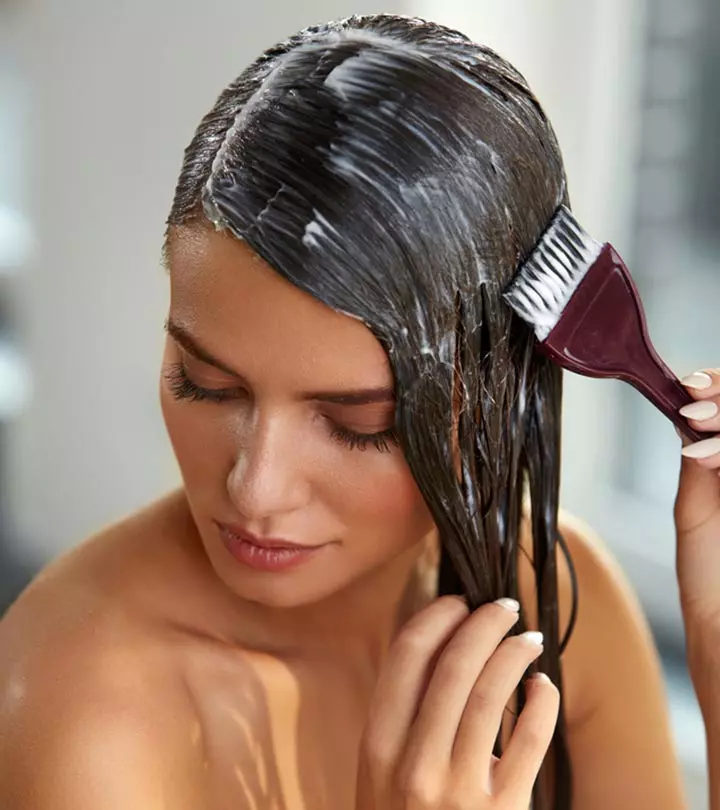
Image: Shutterstock
Can you dye wet hair? This has been a topic of debate every time, hasn’t it? Coloring your hair at home is simple – you just need to wash your hair and apply color to it. But this is not the case when you visit a salon. Instead, your hairstylist applies dye to dry hair. Hair dyes are designed with chemicals with different formulas. Depending on the formulations, some may work on dry hair while others work on wet hair. So, yes, you can dye wet hair. But there is a method to it. This article answers your questions and discusses how you can dye wet hair like a pro. You won’t have to go to a hair salon to get nicely dyed tresses! Keep reading!
In This Article
The Benefits Of Dyeing Hair While It Is Wet
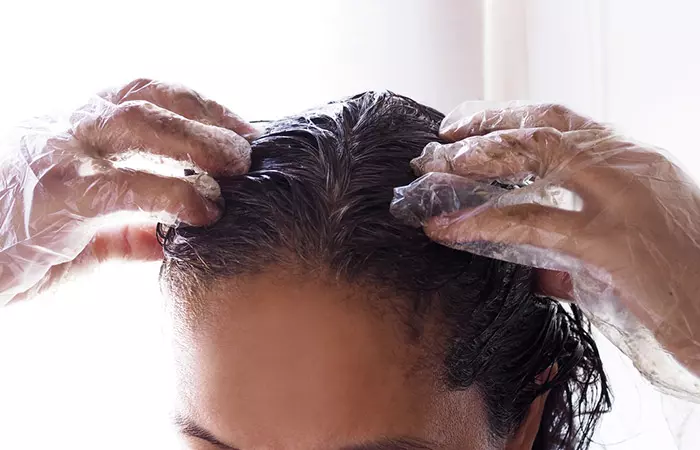
Can you dye your hair while it is wet? Here is what happens if you dye wet hair:
- Even Distribution: The moisture in the wet hair helps distribute the dye evenly. If you apply the same dye on dry hair, you need to pay more attention to each hair strand to ensure full coverage.
- Wet Hair Is More Absorbent: Wet hair is porous as the hair cuticles open up, allowing better absorption of color pigments. As a result, the hair dye easily penetrates the hair shafts.
- Quantity Of Dye: You need less quantity of dye for wet hair application. Hence, chemical damage is less as compared to coloring dry hair.
You can dye wet hair, but not all hair colors will work on wet hair. Permanent hair colors do not work on wet hair. Wondering why? Here is the answer.
Key Takeaways
- Dyeing wet hair has several advantages – the moisture in wet hair helps disperse the dye uniformly.
- Wet hair is also porous as the hair cuticles open up and allow faster absorption of color pigments.
- You also need only a minimal quantity of dye when dyeing wet hair.
- You may color your wet hair at home with a semi-permanent or demi-permanent hair dye. It’s simple to use and less damaging to your hair than permanent hair dyes.
- However, dying wet hair has some disadvantages, too – including a lack of precision in color application and a higher risk of damage.
Permanent Hair Color On Wet Hair: Why It Does Not Work

It is because of its chemical composition.
Permanent hair dyes contain ammonia and hydrogen peroxide. These chemicals work only on dry hair. They raise the hair cuticles to help the color pigment penetrate the hair shafts. In this process, the chemicals also strip the natural oils produced by the scalp.
If you wash your hair right before color application, you are stripping the natural oils, making it further susceptible to damage. And if you apply permanent hair dye on wet hair, the moisture will dilute the chemicals and prevent proper color absorption. This may result in uneven application and poor color payoff.
Pro Tip: Wash and condition your hair a day before the permanent dye job to minimize damage.
Now, the question is, what type of dyes work on wet hair? Find out in the next section.
Hair Dyes That Work Best On Wet Hair
Wet hair color application is best for those who are looking for temporary results. These dyes will produce the desired results on wet hair and give you ample options for hair styling:
- Semi-Permanent Dyes
Semi-permanent dyes do not contain peroxide and ammonia and are not affected by the moisture in your hair.
They coat the hair to enhance the hair color. These dyes work well on wet hair as they do not penetrate the hair shaft to alter the hair color.
- Demi-Permanent Dyes
Demi-permanent dyes contain some amount of ammonia, and, thus, penetrate the hair shafts. As the amount of ammonia is less than permanent dyes, they do not penetrate deeper into the shafts. The results are temporary but may last longer than semi-permanent dyes.
Other temporary dyes that are safe on your wet hair include pastel-hued, bright pink, and other highlighters. If you want to dye wet hair, you can either follow the manufacturer’s instructions on the packaging or these steps.
How To Dye Wet Hair
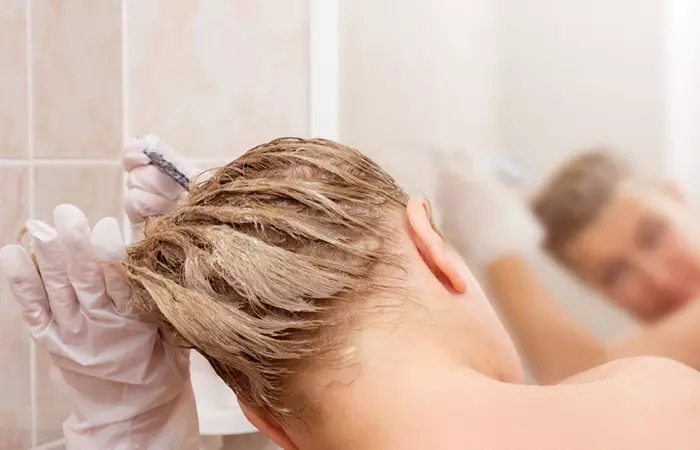
- Rinse your hair with lukewarm water and squeeze the water with a towel.
- The hair should be damp enough to dye.
- Apply semi or demi-permanent hair dye to the area that you want to cover.
- Cover your head with a shower cap and wait for 20 minutes.
- Wash your hair with a color-safe shampoo and later apply a gentle conditioner.
 Quick Tip
Quick TipRemember that semi-permanent hair colors gradually fade with every wash. Some fade completely after one wash. These colors may stain your skin and clothes. Hence, secure them during application and washing.
Once your hair is freshly dyed, the real work begins—keeping those vibrant locks looking salon-fresh! Proper aftercare is essential to maintain your color and keep your hair healthy. Learn more below!
Aftercare Tips
Keep your freshly dyed hair looking stunning and healthy by following a few simple tips, such as:
- Use Sulfate-Free Shampoos: Opt for gentle, sulfate-free shampoos to prevent color fading and maintain hydration.
- Condition Regularly: Treat your hair with a rich conditioner or a weekly deep conditioning mask to replenish moisture and keep it soft.
- Limit Heat Styling: Minimize the use of heat styling tools like curling irons or straighteners. Always use a heat protectant spray if styling is necessary.
- Avoid Over-Washing: Washing your hair too often can strip the color, so try to extend the time between washes.
- Protect from Sun Exposure: UV rays can dull your color, so wear a hat or use hair products with UV protection when spending time outdoors.
Here are answers to a few more questions that you might have.
Can You Dye Wet Hair After Bleaching?
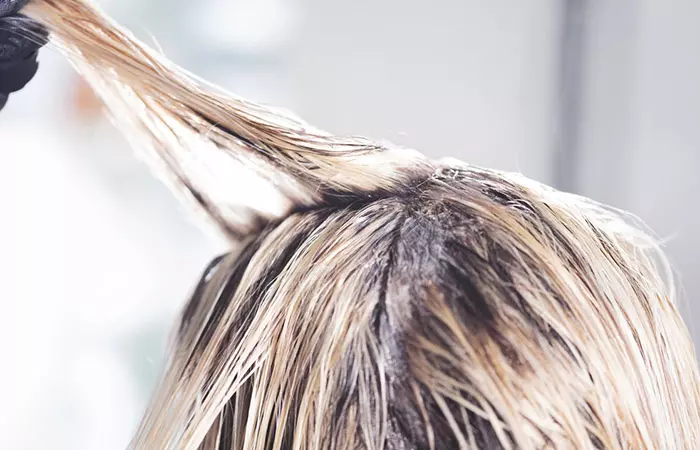
No, you can not dye wet hair right after bleaching. Bleaching wet hair makes the strands dry, brittle, and prone to damage. Coloring your wet hair immediately after applying bleach may cause further damage. It is better to wait for at least 10-15 days to color your hair post-bleaching.
Should You Dye Wet Hair At Home?
Yes, you can use a semi-permanent or demi-permanent hair dye to color your wet hair at home. It is easy to apply and less damaging than permanent hair dyes.
 Did You Know?
Did You Know?While dyeing your wet hair is less messy than a permanent dye job, it also has several disadvantages.
The Drawbacks Of Dyeing Wet Hair
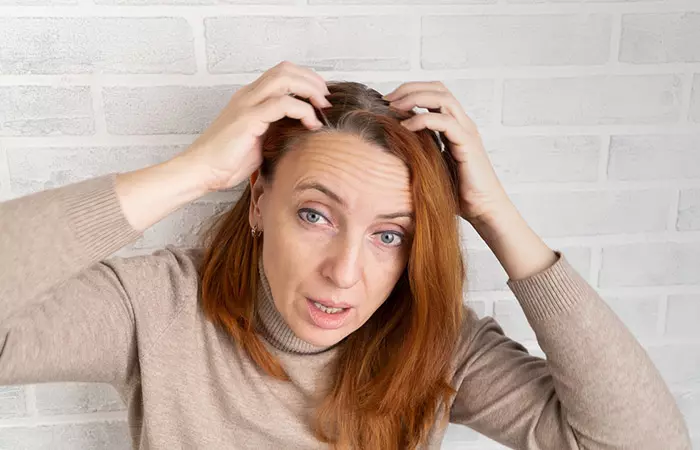
The most common side effects of hair coloring when your tresses are wet are as follows:
- Uneven Application: The moisture may help distribute the dye on your hair evenly, but the color application may not be precise, and some hair strands may not get dyed.
- Water Dilutes The Dye: If your hair is dry and damaged, the strands will be porous and absorb more water, which could dilute the dye. Moreover, the shafts will be filled with water, with no room left for the dye to penetrate.
- May Damage The Hair: Wet hair is weak and more vulnerable to damage. The natural oils provide additional protection to your dry hair strands, but they may not protect the hair under the water’s pressure.
- Increased Risk of Color Bleeding: Dye is more likely to run when applied to wet hair, especially with semi-permanent colors. This can result in uneven coloring, especially along the scalp or hairline.
Infographic: Steps To Dye Wet Hair And Get Excellent Results
Coloring wet hair is uncommon but it is certainly doable. However, the results depend on the formula you choose. While certain dyes can be used on wet hair, others are only effective on dry hair. We have created a simple guide to help you understand how to dye wet hair and achieve great results. Check out the infographic below to know more! Illustration: StyleCraze Design Team
Can you put hair dye on wet hair? Yes, you can dye wet hair with temporary hair dyes. The wet hair helps distribute the dye evenly, improves the absorption of color pigments, and reduces chemical damage as it requires less quantity of dye. However, due to their chemical composition, permanent hair dyes would not work well on wet hair. Dyeing wet hair is ideal for people who wish to color their hair but are afraid of the damage it may cause. Follow the instructions and tips discussed above to dye your wet hair at home.
Frequently Asked Questions
How often should I dye my hair?
It is best to wait 4-6 weeks between each hair coloring session. Coloring your hair too soon may result in damaged and lifeless tresses.
How long do I leave the dye on wet hair?
You may leave dye on wet hair for about 20 minutes for better coverage and accurate hair treatment.
Can I use box dye on wet hair?
Yes, you can use box dye on wet hair.
Illustration: Can You Dye Your Hair While It Is Wet?
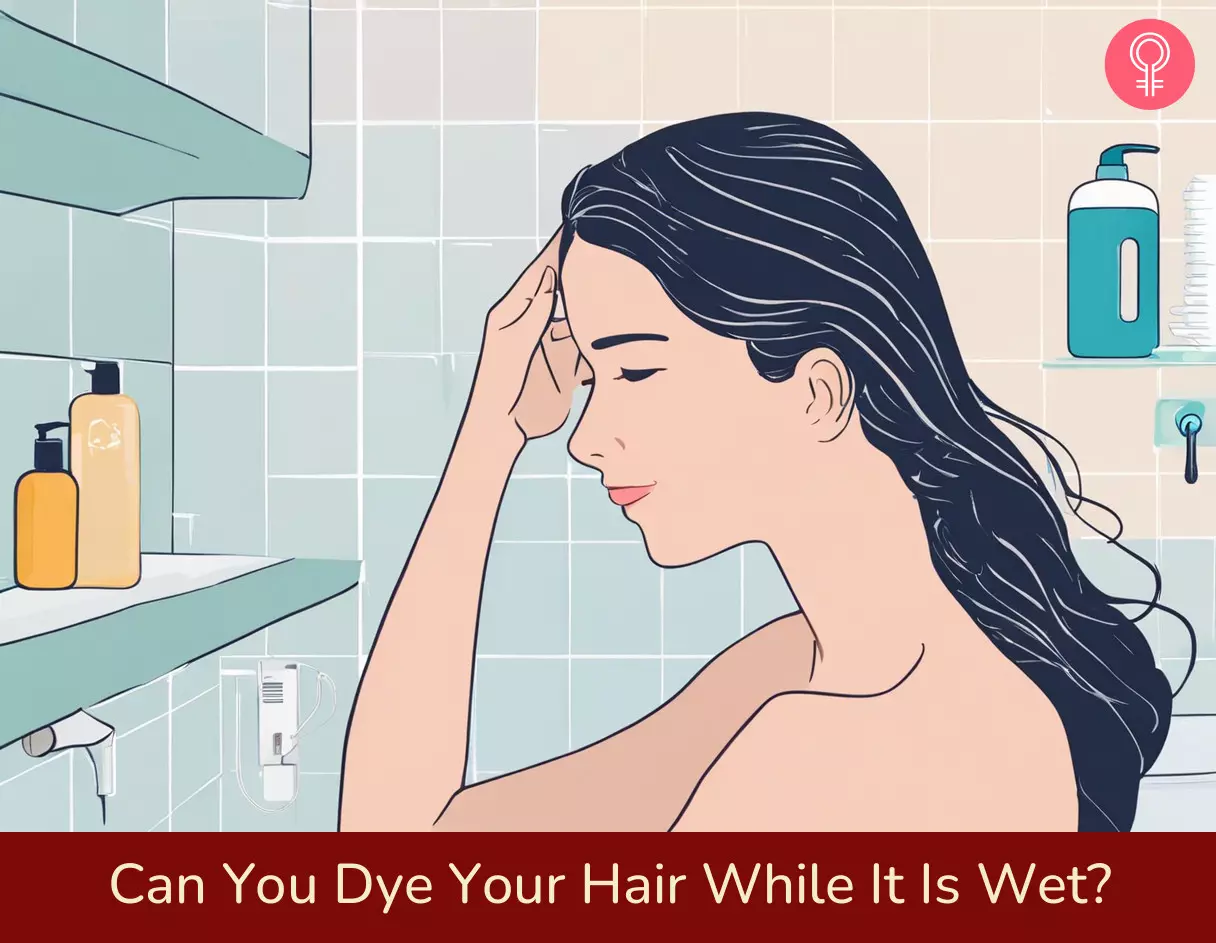
Image: Stable Diffusion/StyleCraze Design Team
Learn how to dye wet hair with ease! Get tips on the best products and techniques to achieve the perfect color in the following video.
Read full bio of Dr. Rekha Yadav
Read full bio of Arshiya Syeda
Read full bio of Ramona Sinha
Read full bio of Medha Deb







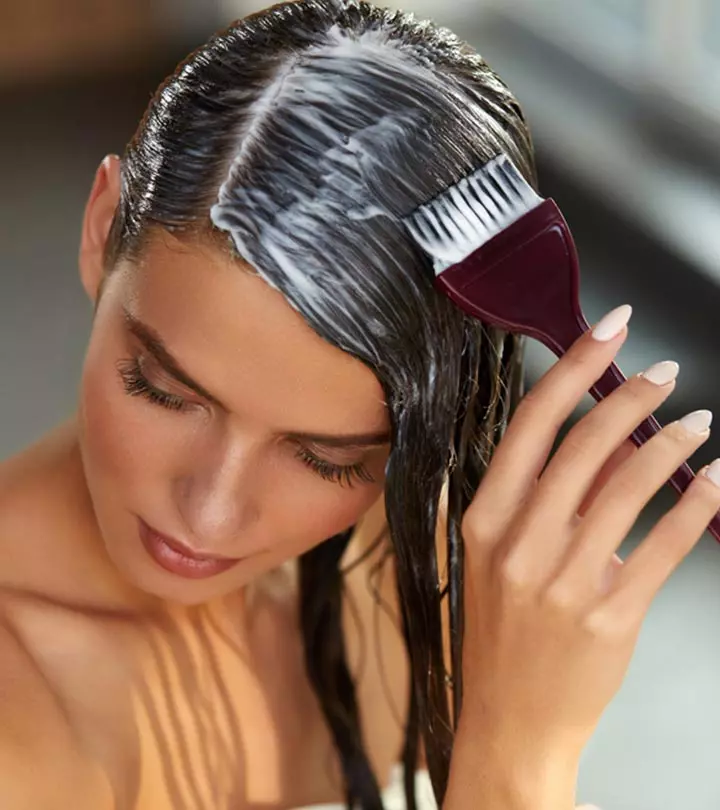
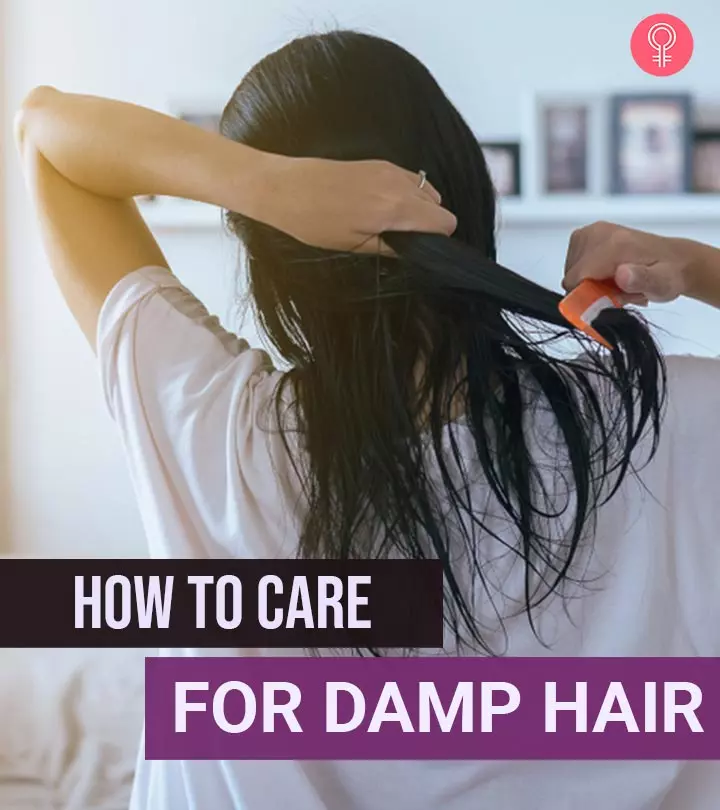
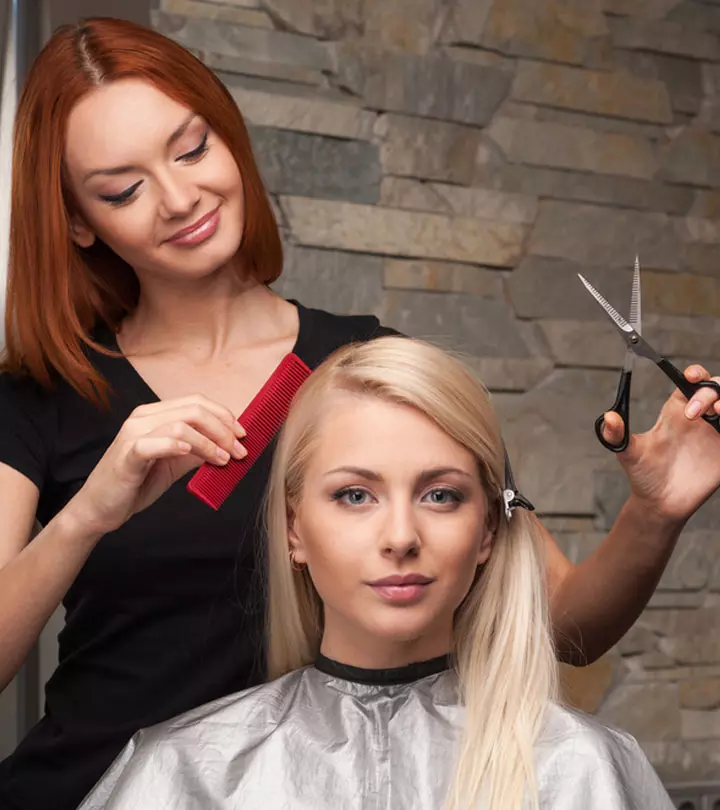
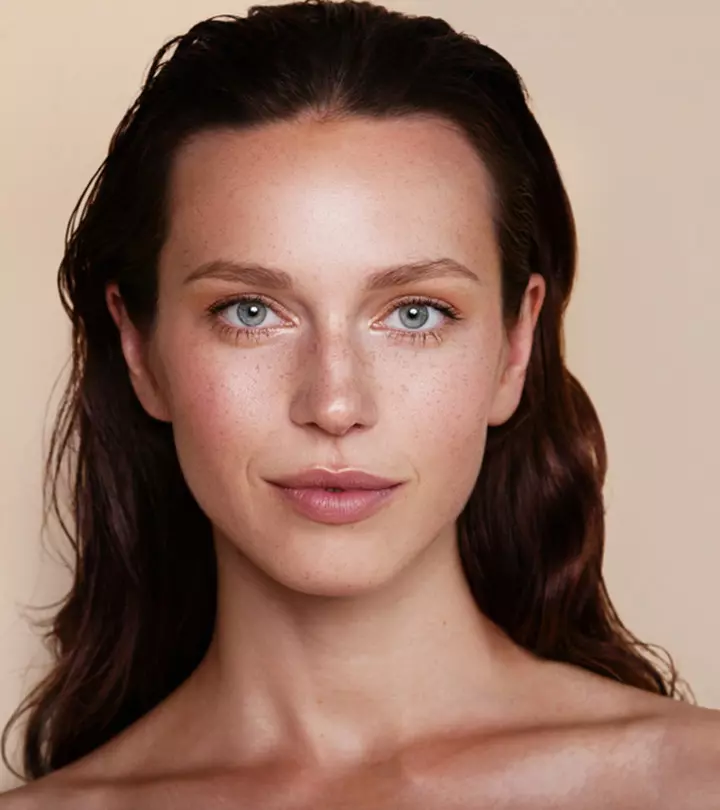

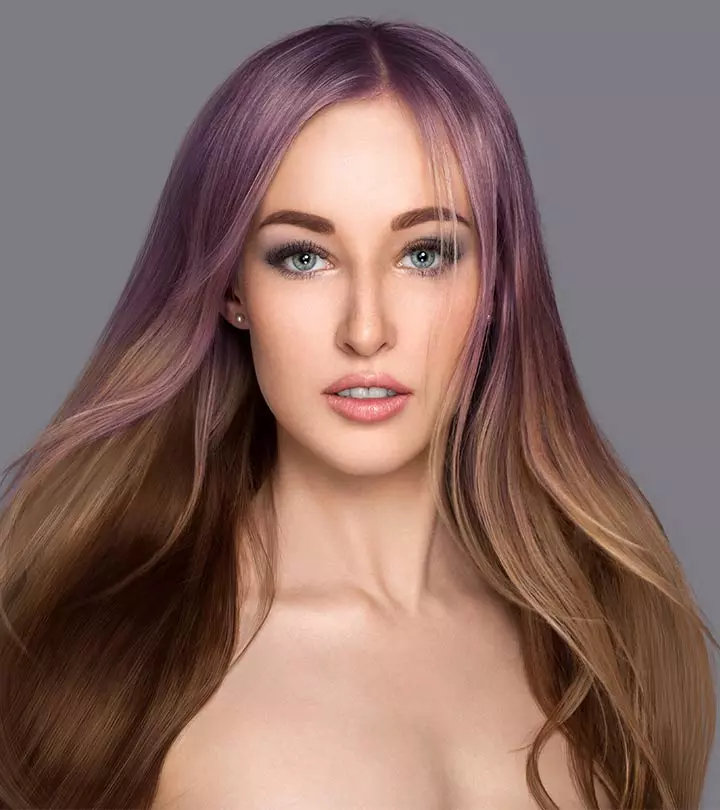
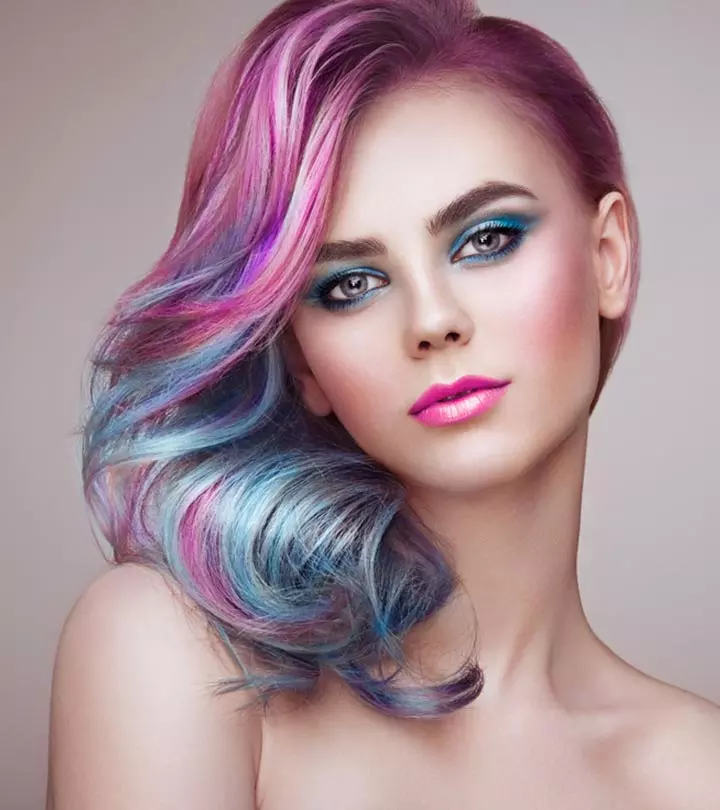
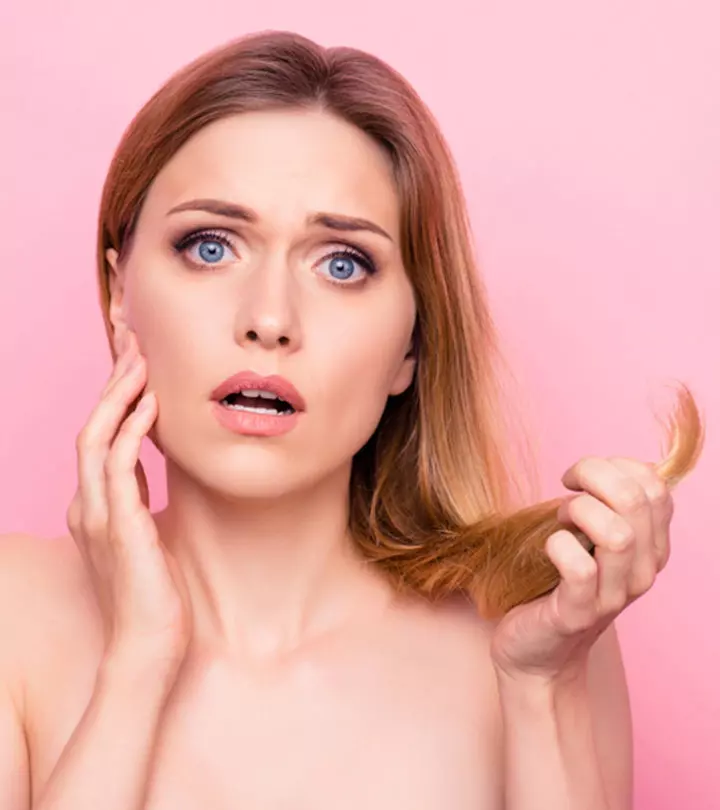
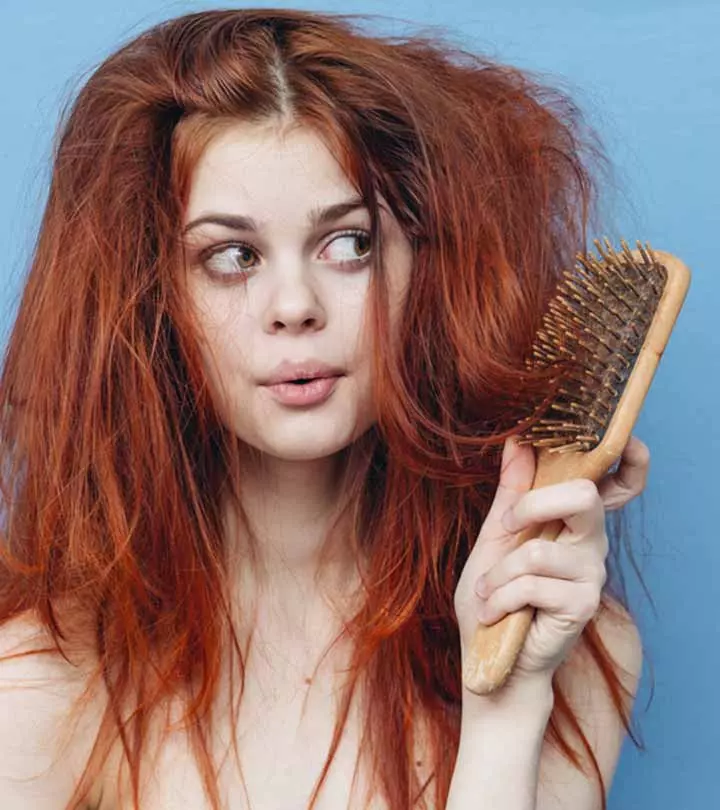
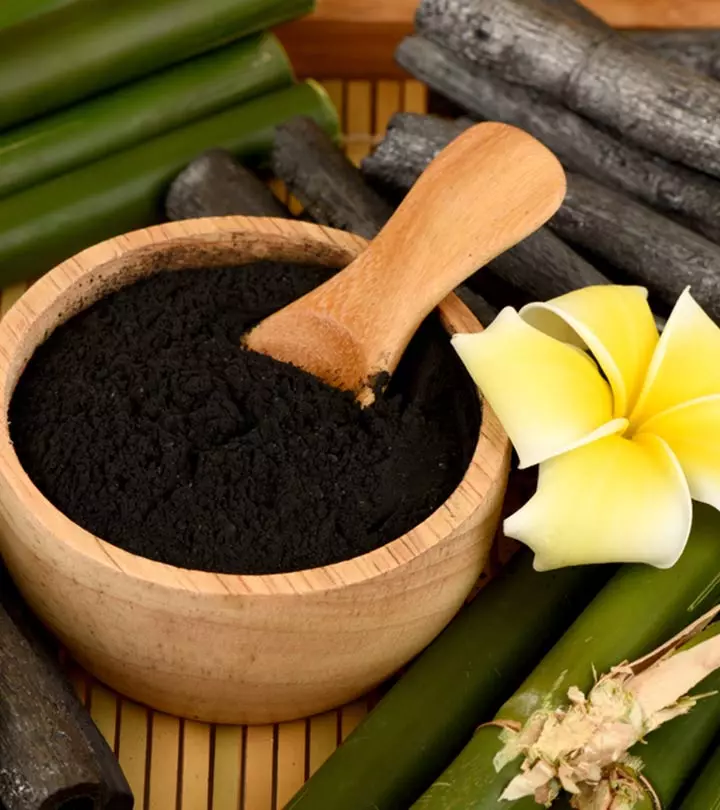
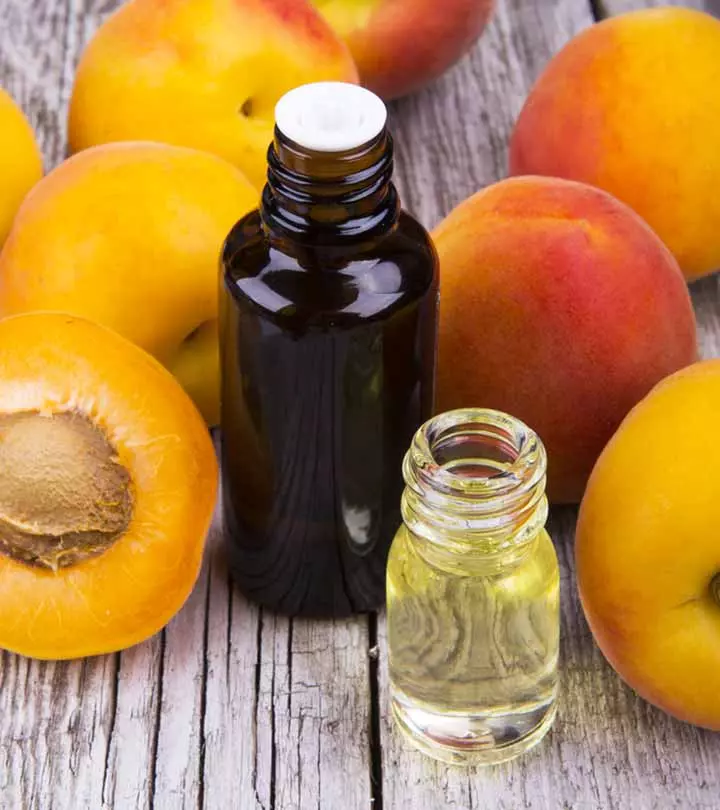
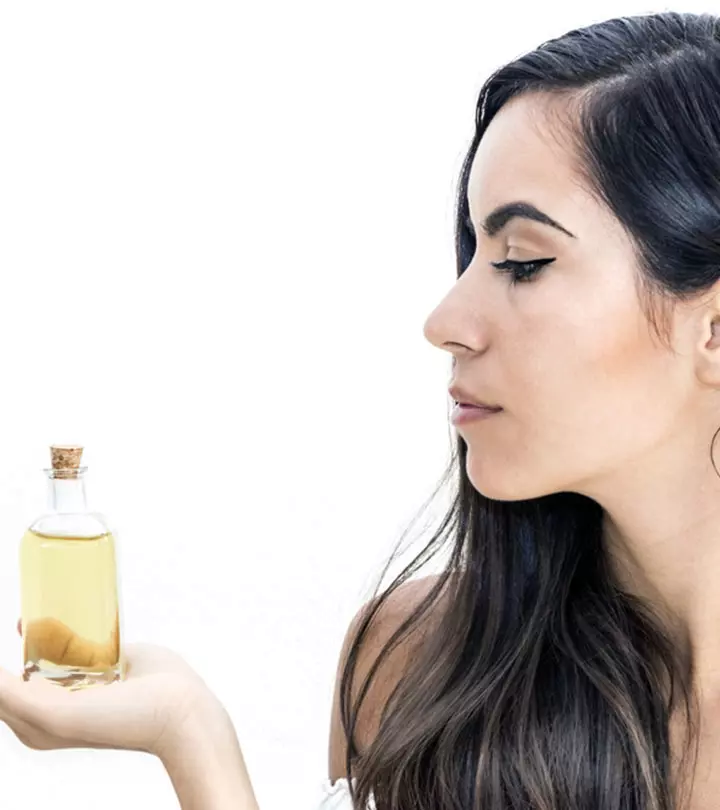
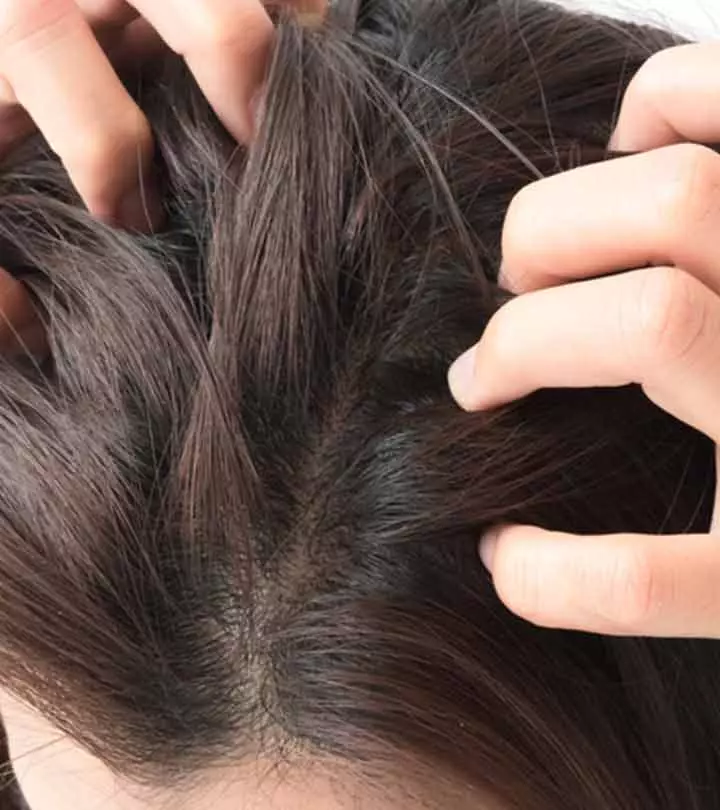
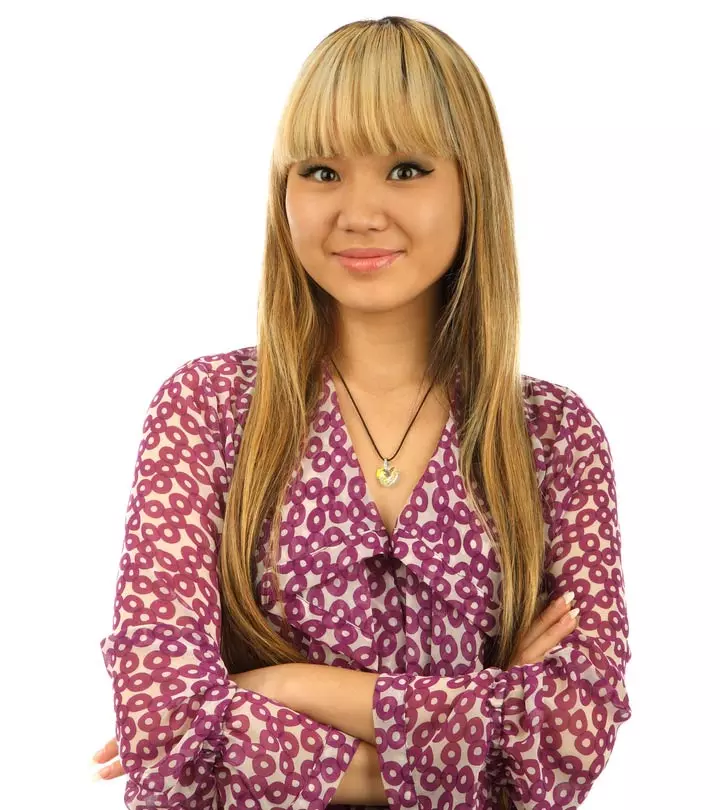
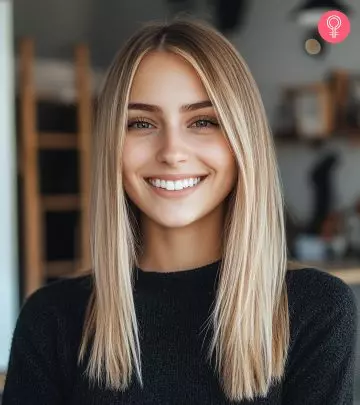
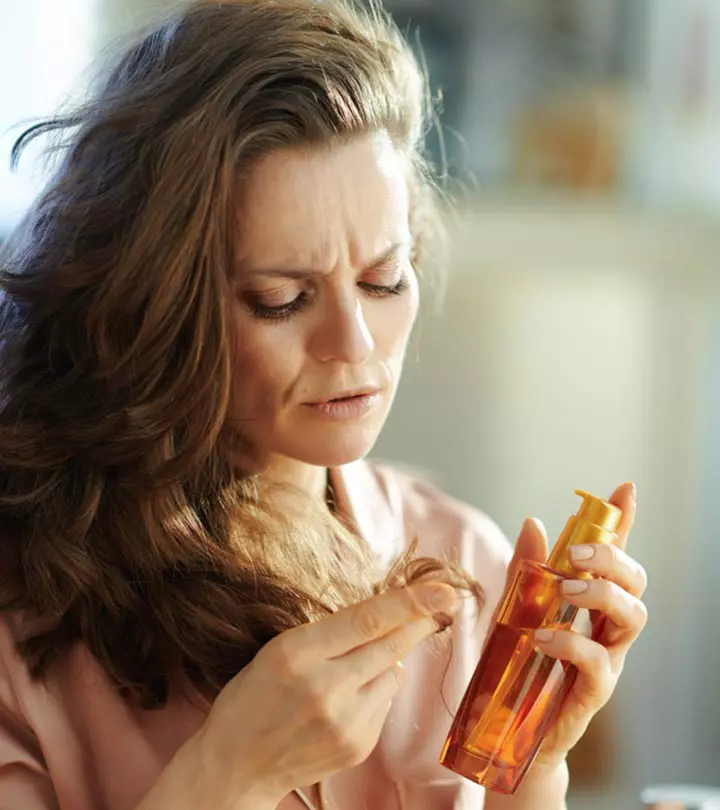
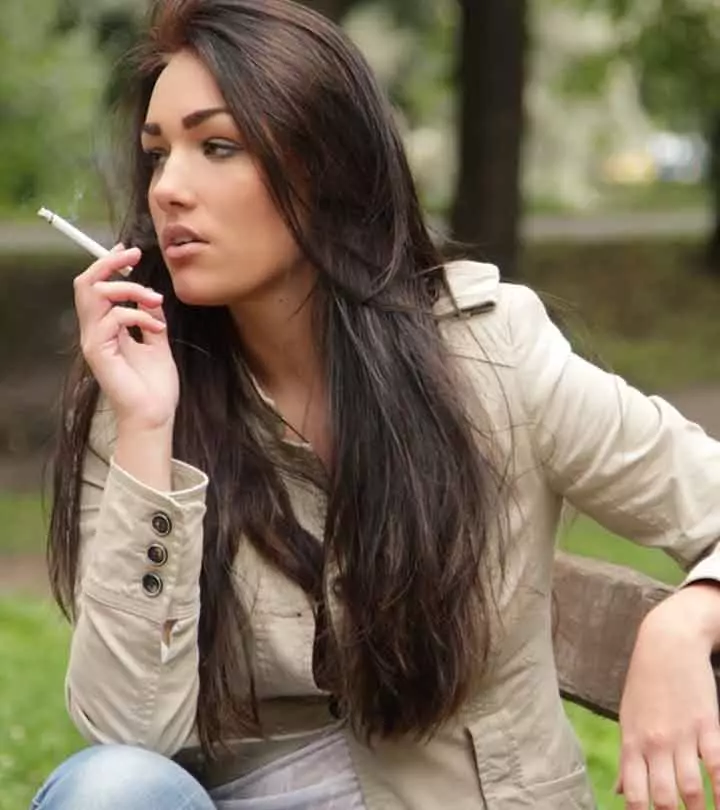
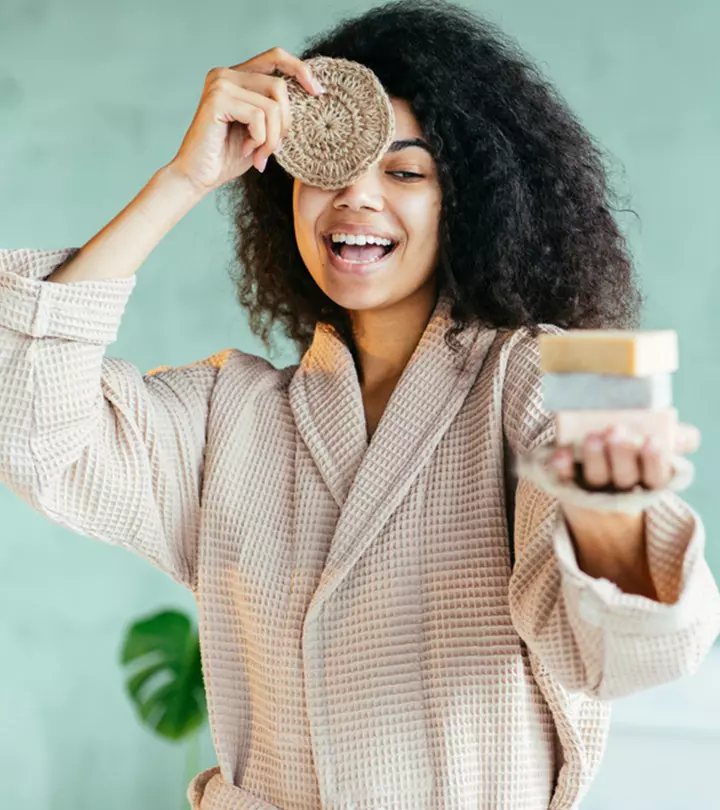
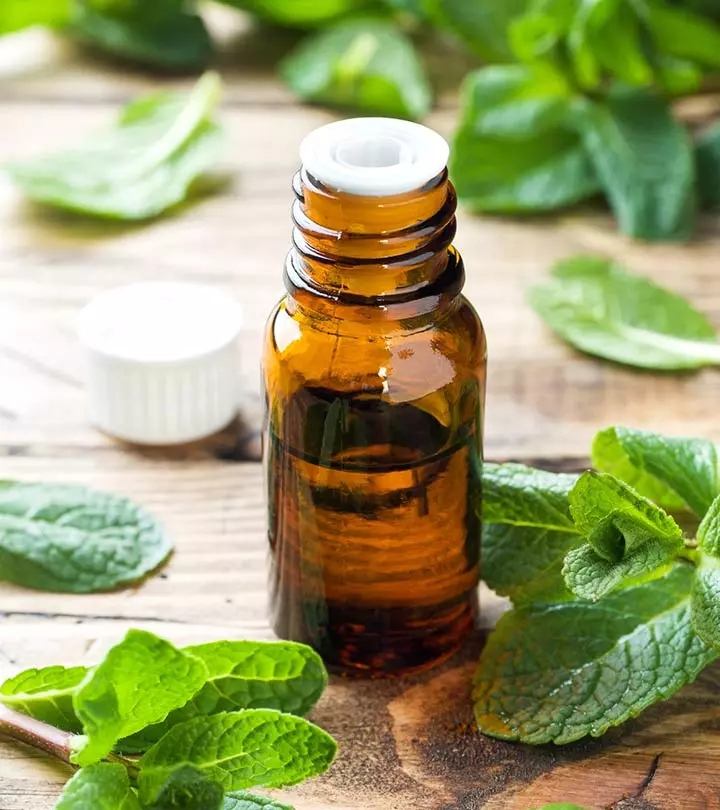
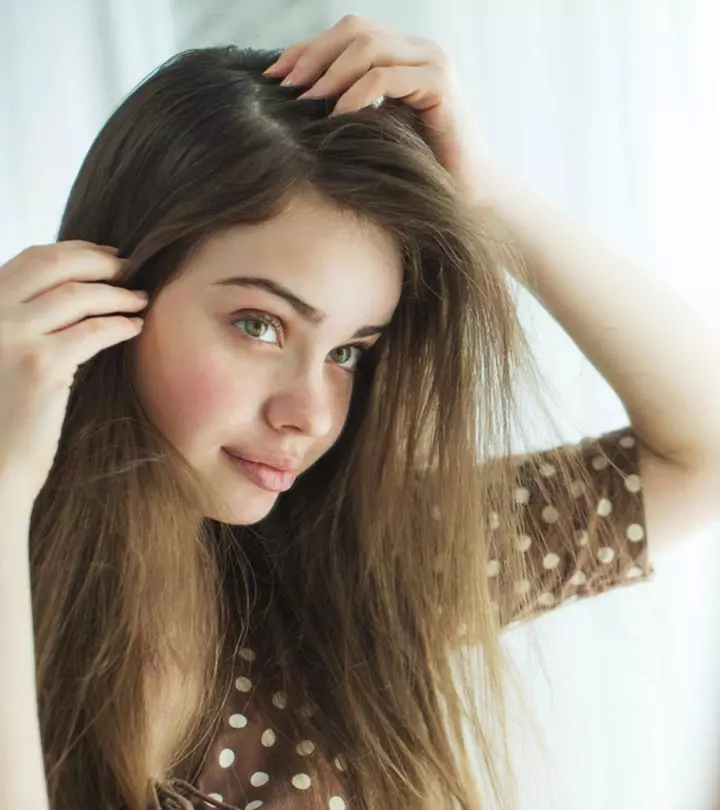
Community Experiences
Join the conversation and become a part of our empowering community! Share your stories, experiences, and insights to connect with other beauty, lifestyle, and health enthusiasts.